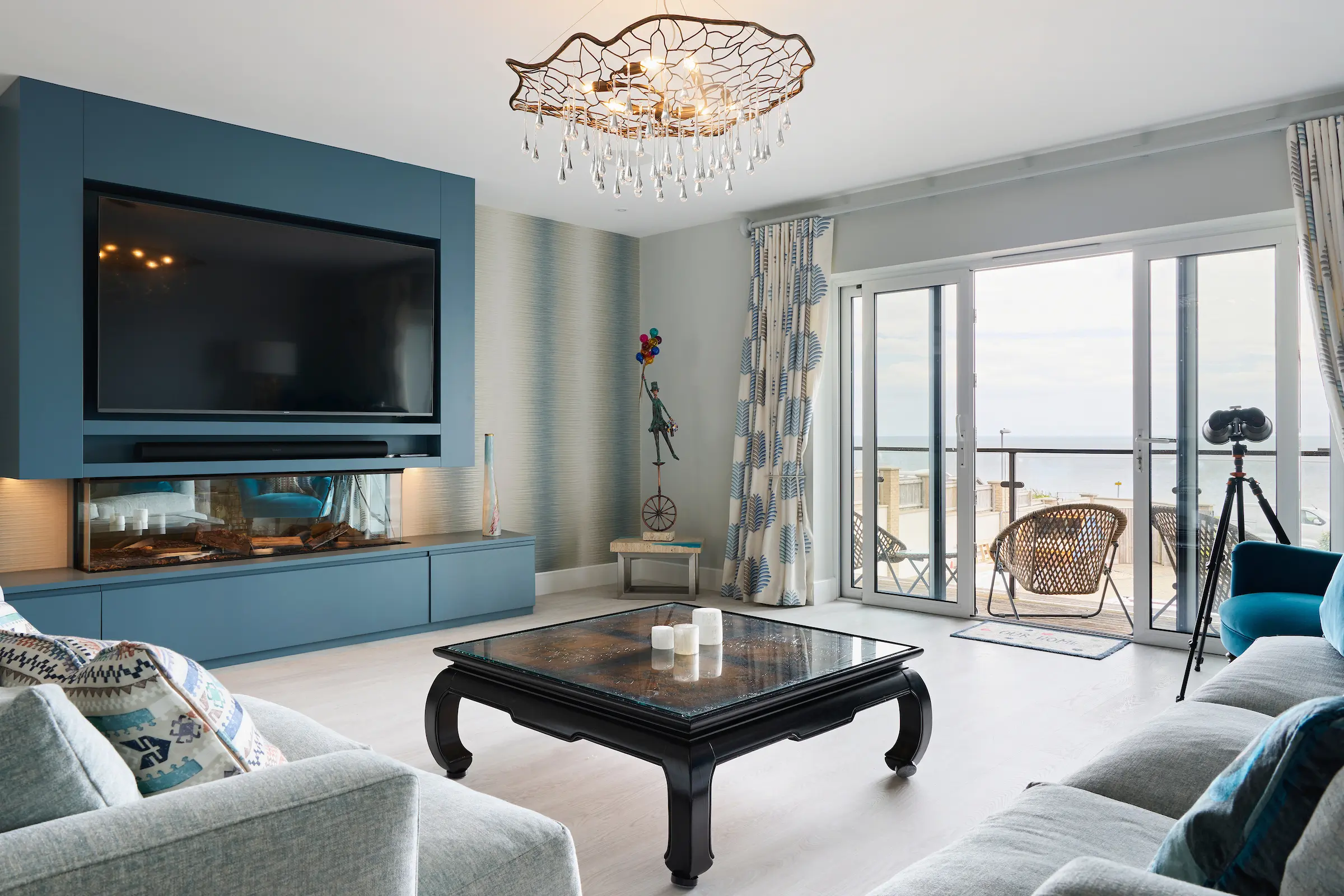How Much Does Interior Design Cost?
 Starting a new interior design project often brings up questions about costs, which can range widely depending on the project’s scope, design complexity, and material choices.
Starting a new interior design project often brings up questions about costs, which can range widely depending on the project’s scope, design complexity, and material choices.
With options like hourly rates, flat fees, or cost-plus models, designers offer flexible pricing to fit different budgets.
Understanding these factors helps you make informed choices, keeping your design vision aligned with your financial plan.
Factors Affecting Interior Design Costs
The cost of an interior design project can vary widely depending on several factors:
Project Scope
- Room vs. Whole House: Larger projects will naturally have higher costs.
- Complexity of Design: Intricate designs with custom elements can be more expensive.
Material and Furnishing Choices
- High-End Materials: Premium materials like marble, exotic woods, and high-end fabrics can significantly increase costs.
- Custom Pieces: Custom furniture and decor items can be more expensive than off-the-shelf options.
Location and Labour Costs
- Regional Variations: Costs can vary depending on your location and the local market rates.
- Designer’s Expertise: Experienced designers may charge higher fees for their services.
Additional Considerations
- Project Timeline: Rushed timelines might require additional resources and increase costs.
- Permits and Regulations: Compliance with local building codes and regulations can add to the overall cost.
By understanding these factors, you can better budget for your interior design project and make informed decisions about where to allocate your resources.
Understanding Interior Design Pricing Models
When considering interior design services, it’s important to understand the different pricing models that designers typically use.
Here are some common models:
Flat Fee
- How it works: You pay a fixed fee for the entire project.
- Best for: Clients who know exactly what they want and have a clear scope of work.
- Pros: Predictable costs and clear budgeting.
- Cons: May not be suitable for projects with evolving scopes.
Hourly Rate
- How it works: You pay an hourly rate for the designer’s time.
- Best for: Complex projects with changing requirements or clients who need ongoing design assistance.
- Pros: Flexible pricing and tailored services.
- Cons: Less predictable costs, especially for larger or more complex projects.
Cost-Plus Fee
- How it works: You pay for the cost of materials and labour, plus a percentage fee for the designer’s services.
- Best for: Clients who require extensive project management and purchasing assistance.
- Pros: Transparent pricing and potential cost savings on bulk purchases.
- Cons: Less control over the final budget, as costs can fluctuate.
Square Footage Fee
- How it works: You pay a fee based on the square footage of the space being designed.
- Best for: Large-scale commercial projects or extensive residential renovations.
- Pros: Simple and straightforward pricing model.
- Cons: May not be suitable for smaller projects or projects with complex design requirements.
When choosing a pricing model, it’s important to consider your project’s specific needs and budget.
Discuss your requirements with the designer to determine the most suitable approach.
Additionally, be sure to ask about any additional fees, such as site visits or project management fees.
Budget-Friendly Interior Design Tips
Here are some practical tips to help you achieve a stylish and functional interior without breaking the bank:
Budgeting and Planning
- Set a Budget: Determine how much you can realistically spend on your project.
- Prioritise: Focus on the most impactful elements, such as paint, furniture, and lighting.
- Create a Mood Board: Visualise your desired style and colour palette.
DIY Projects
- Paint: A fresh coat of paint can dramatically transform a room.
- Upcycling: Give old furniture a new life with a coat of paint or upholstery.
- DIY Decor: Create your own artwork, wall hangings, or throw pillows.
Thrifty Shopping
- Thrift Stores and Consignment Shops: Find unique pieces at affordable prices.
- Online Marketplaces: Explore online platforms like eBay and Craigslist for deals.
- Rental Furniture: Consider renting furniture for special occasions or temporary needs.
Smart Design Choices
- Multi-Functional Furniture: Choose pieces that serve multiple purposes, like storage ottomans or sofa beds.
- Neutral Colour Palette: A neutral colour palette can be easily updated with accessories.
- Natural Light: Maximise natural light to create a bright and airy atmosphere.
By following these tips, you can create a beautiful and stylish home without breaking the bank.
Remember, the key to successful budget-friendly design is creativity and resourcefulness.
Understanding the cost of interior design and the factors that influence it can help you plan a project that aligns with your budget and vision.
By exploring different pricing models, such as flat fees or hourly rates, and incorporating budget-friendly strategies like DIY projects and thrifty shopping, you can achieve a stylish, functional space without overspending.
Whether you’re embarking on a whole-house transformation or a simple room refresh, careful planning, smart design choices, and open communication with your designer can bring your dream interior to life within your financial means.
